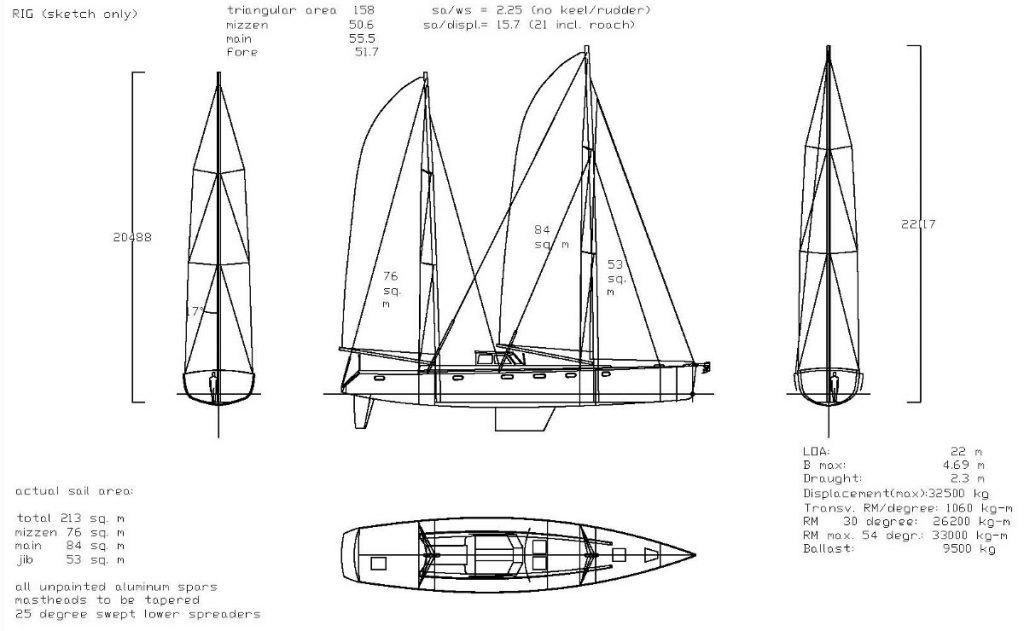Technology
Sea Ranger Ships constructs purpose-built sailing work vessels, which are certified for commercial offshore work and used by the Sea Ranger Service for a variety of environmental monitoring, conservation and research tasks.
The central idea behind the sailing work vessels originates from the need to make the offshore industry more cost-effective and less polluting. Sea Ranger vessels are calculated to use, on average, up to 94.3% less fuel and emit 94.6% less CO2, compared to traditional motorised vessels of similar size, carrying out similar tasks at sea. The Sea Ranger Service currently has one Sea Ranger vessel under construction with more new-built projects in the pipeline from 2021 onwards.
Download paper: CO2 and fuel efficiency of sailing work vessels explained
Design principles
The sailing work vessels are built of steel for high strength, reliability and ease of repair.
Integrating practical building experience, the hull design and building process are optimized for steel, allowing the use of larger plates without compromising hull shape. Welding and fairing work is significantly reduced.
Above the waterline, thinner higher grade materials are applied, reducing weight, improving stability and sailing performance. The variable pitch propeller system improves fuel efficiency when under power and provides ample battery charging capacity when sailing.
The overall design of the sailing work vessels aims to maximize average speeds in most circumstances offshore, under sail and when necessary also under power. A long bow section with fine entry angle allows driving hard into strong headwinds and seas. Combining reefed sails and properly adjusted variable pitch propeller, surprisingly high speeds can be maintained even in such adverse circumstances.
The underlying idea of this approach to design is that higher average boat speed leads to increased control over which weather conditions are encountered. Thus speed translates into more crew comfort and more efficient use of the precious time actually spent working at sea. The relatively narrow balanced hull shape, powered by a lower, divided sail plan further enhances crew comfort and efficiency by providing a smooth motion at sea, light easy steering and smaller individual sails to be handled.

